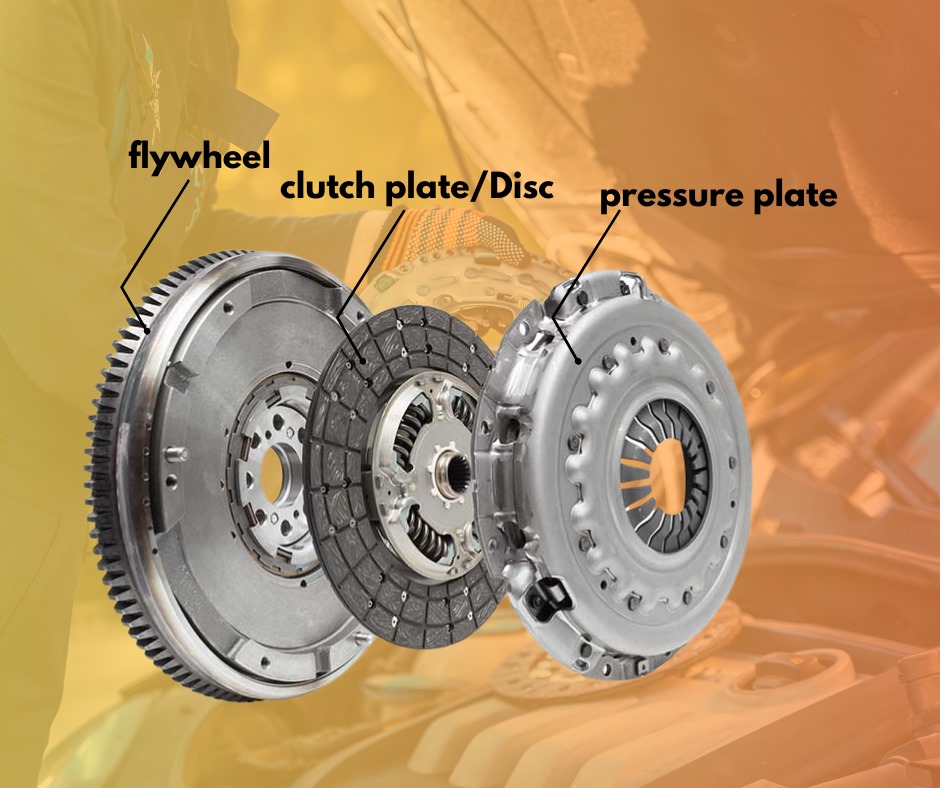Diagnosing a Slipping Clutch Wheel: What to Look For

Is your car's clutch not performing as it should? Learn how to diagnose a slipping clutch wheel before it leads to more serious issues.
The Basics of a Clutch Wheel
The clutch wheel is a critical component in a vehicle's transmission system. It connects the engine to the transmission and allows for smooth gear shifts. When the clutch is engaged, it enables the engine to transfer power to the wheels, propelling the vehicle forward.
In simple terms, the clutch wheel allows you to disconnect the wheels from the engine when you need to change gears. This function is particularly important for manual transmission vehicles. Understanding how the clutch wheel operates can help you identify when something is amiss.
Common Symptoms of a Slipping Clutch Wheel
One of the most common signs of a slipping clutch wheel is a noticeable decrease in acceleration despite increasing engine RPMs. This happens because the clutch is not fully engaging, causing a loss of power transmission.
Other symptoms include a burning smell emanating from the clutch area, difficulty in shifting gears, and unusual noises when the clutch pedal is depressed. If you notice any of these signs, it's crucial to address the issue promptly to avoid further damage.
Causes Behind a Slipping Clutch Wheel
A slipping clutch wheel can be caused by a variety of factors. One common cause is wear and tear on the clutch plate, which can occur over time and with heavy use. The clutch plate is lined with friction material that wears down, reducing its ability to grip effectively.
Other potential causes include oil or grease contamination on the clutch components, a misadjusted clutch pedal, or issues with the clutch cable or hydraulic system. Identifying the root cause is essential for effective repair.
DIY Diagnosis: Tools and Tips
If you suspect your clutch wheel is slipping, there are several tools and methods you can use for a preliminary diagnosis. A basic set of wrenches, a jack, and jack stands will be necessary for inspecting the clutch components.
Start by checking the clutch pedal free play. If it's excessive, it could indicate a misadjusted clutch. You can also perform a simple road test by accelerating in a higher gear; if the engine speed increases without a corresponding increase in vehicle speed, the clutch is likely slipping.
When to Consult a Professional Mechanic
While some clutch issues can be diagnosed and even repaired by DIY enthusiasts, there are times when it's best to consult a professional mechanic. If you're unable to pinpoint the problem or if the repairs require specialized tools and expertise, seeking professional help is advisable.
Ignoring a slipping clutch can lead to more severe transmission damage and costly repairs. A qualified mechanic can accurately diagnose the issue and recommend the best course of action, ensuring your vehicle remains safe and reliable.

 Loading..
Loading..